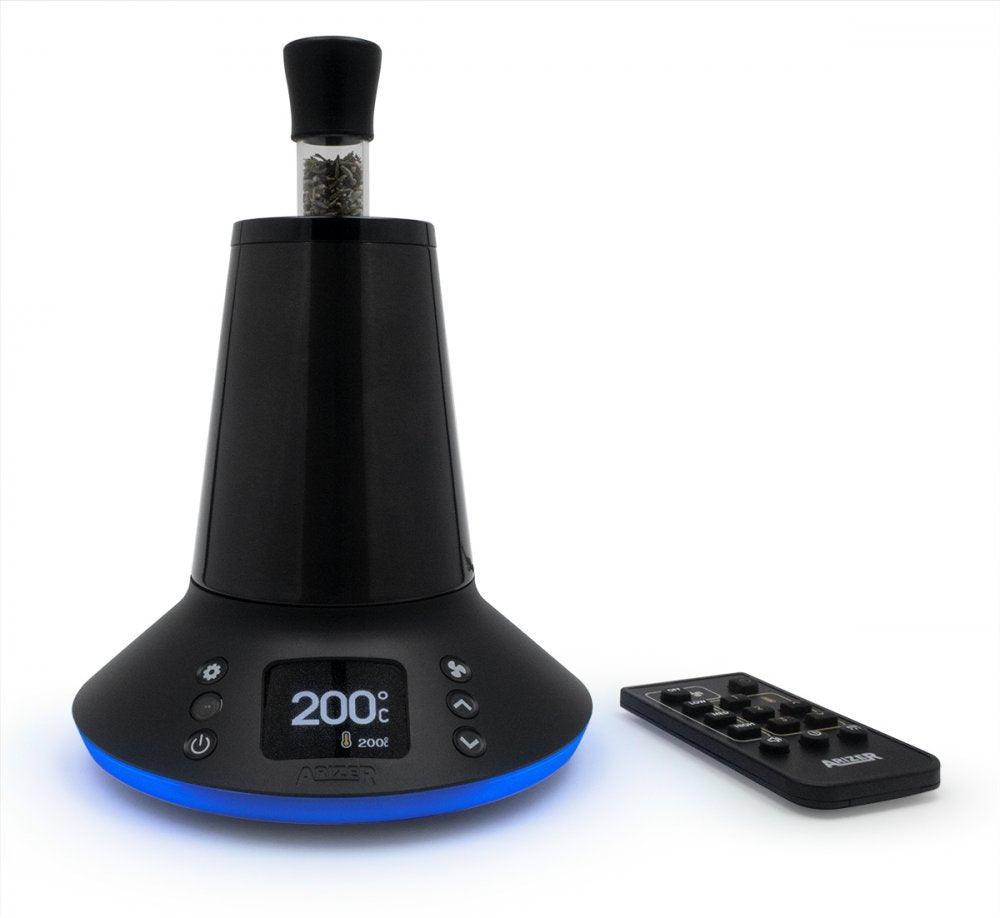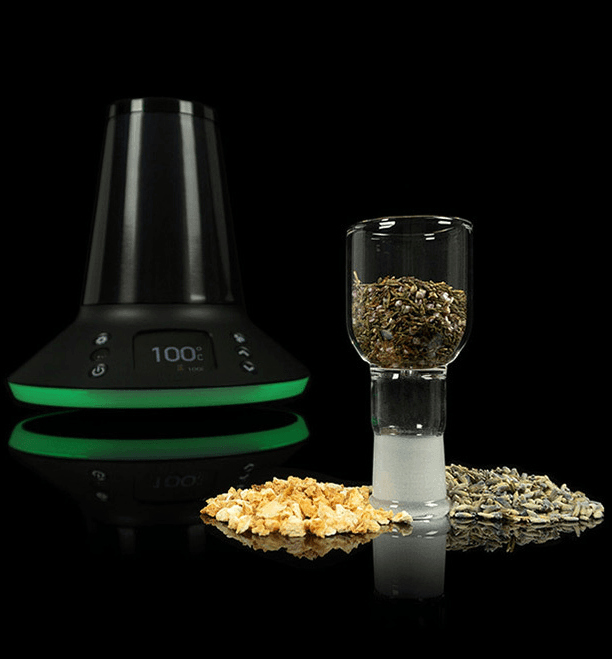Cannabis is not just about the well-known cannabinoids like THC and CBD. The plant produces over 120 other cannabinoids, often referred to as minor or rare cannabinoids. These compounds, though present in smaller quantities, are increasingly recognized for their unique therapeutic properties. Research suggests that these minor cannabinoids, when used alone or in combination with others, can offer significant benefits for various medical conditions.
Have a look at our Pure Terpenes Collection.
Pain Management and the Entourage Effect
Pain management is one of the most common reasons patients turn to cannabis, and it's not just THC or CBD that play a role. Anecdotal evidence and user surveys indicate that the combination of various cannabinoids, terpenoids, and other phytochemicals in the whole cannabis plant provides enhanced efficacy— a phenomenon known as the "entourage effect." This synergy may allow for lower doses of each component, reducing the risk of side effects while maintaining therapeutic effectiveness. For instance, medical cannabis has been found to have opioid-sparing effects, enabling lower doses of opioids for pain relief, which could help in reducing the risks associated with long-term opioid use.
Cannabinol (CBN): The First Discovered Cannabinoid
Cannabinol (CBN) was the first phytocannabinoid identified in cannabis, dating back to 1896. Unlike THC, CBN is not synthesized directly by the plant but forms as THC degrades over time. While CBN has a lower binding affinity for the CB1 and CB2 receptors, it still offers significant therapeutic potential. For example, CBN has been identified as a potential analgesic and anti-inflammatory agent, particularly useful in treating chronic muscle pain disorders like fibromyalgia. It also shows promise in treating allergic airway diseases by reducing inflammatory cytokines and mucus production. Moreover, CBN might be a non-intoxicating alternative to THC as an appetite stimulant, offering benefits without the psychotropic effects.
Cannabichromene (CBC): A Potent Anti-Inflammatory Agent
Cannabichromene (CBC) is another minor cannabinoid that stands out for its anti-inflammatory properties. Research has shown that high doses of CBC can be more effective than certain NSAIDs, like phenylbutazone, in reducing inflammation in animal models. Notably, CBC has been found to reduce pain and inflammation associated with osteoarthritis without the adverse side effects common with NSAIDs. Furthermore, CBC may offer neuroprotective benefits by promoting the viability of neural stem progenitor cells (NSPCs), which could have implications for neuroinflammatory conditions such as Alzheimer's disease.
Cannabigerol (CBG): A Non-Psychoactive Alternative for Various Conditions
Cannabigerol (CBG) is another cannabinoid gaining attention for its potential health benefits. CBG has shown promise in reducing the severity of inflammatory diseases, particularly in the gastrointestinal tract. There is evidence to suggest that CBG can reduce inflammation and nitric oxide production in bowel conditions like Crohn's disease and ulcerative colitis. Additionally, CBG has demonstrated anti-tumor properties, making it a candidate for cancer treatment. Like CBN, CBG is non-psychoactive and can stimulate appetite, providing an alternative to THC for treating anorexia and other conditions where appetite stimulation is desired.
Cannabidiolic Acid (CBDA): Potent Anti-Nausea Effects
Cannabidiolic acid (CBDA), the precursor to CBD, is particularly effective in managing nausea and vomiting. In studies, CBDA has been found to be significantly more potent than CBD in reducing nausea-induced conditioned responses. Moreover, CBDA not only suppresses acute nausea but also reduces anticipatory nausea and vomiting—common in patients undergoing chemotherapy. When combined with ondansetron, a widely used antiemetic, CBDA enhances the drug’s efficacy, especially at lower doses, potentially offering a more effective treatment for nausea with fewer side effects.
Conclusion
The exploration of minor cannabinoids is still in its early stages, but the findings so far suggest that these compounds hold significant therapeutic potential. Whether it's pain management, anti-inflammatory effects, neuroprotection, or anti-nausea properties, these lesser-known cannabinoids offer a promising avenue for future medical treatments. As research progresses, we may discover even more about how these cannabinoids can be harnessed to improve health and well-being, potentially offering more targeted and effective alternatives to existing therapies.
















